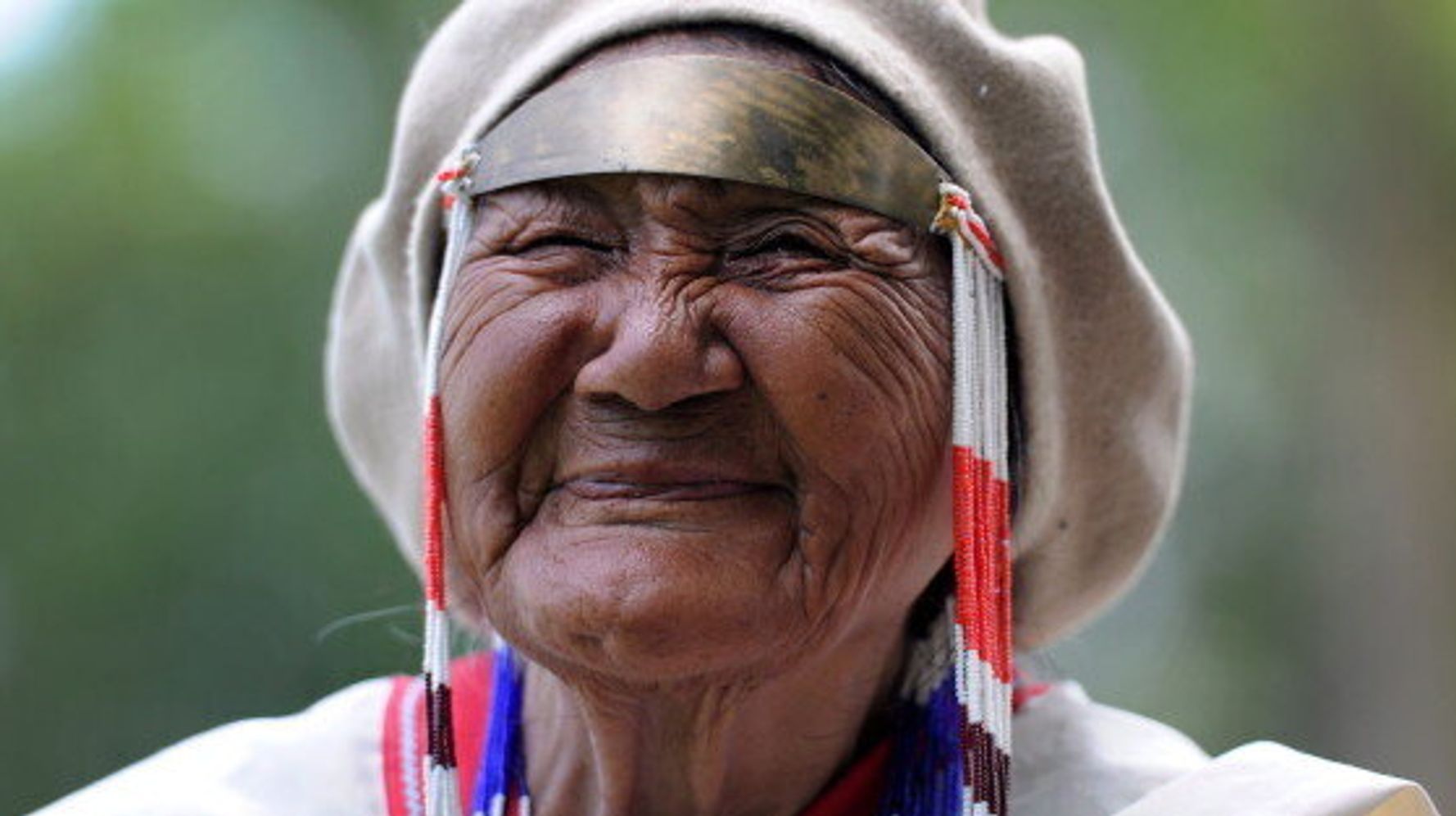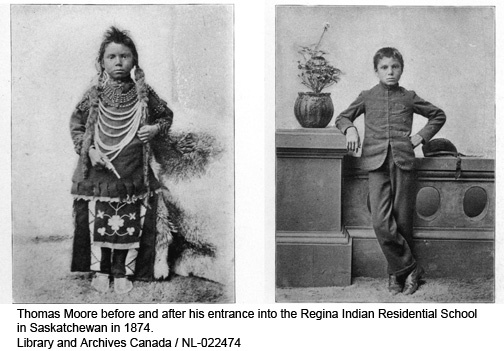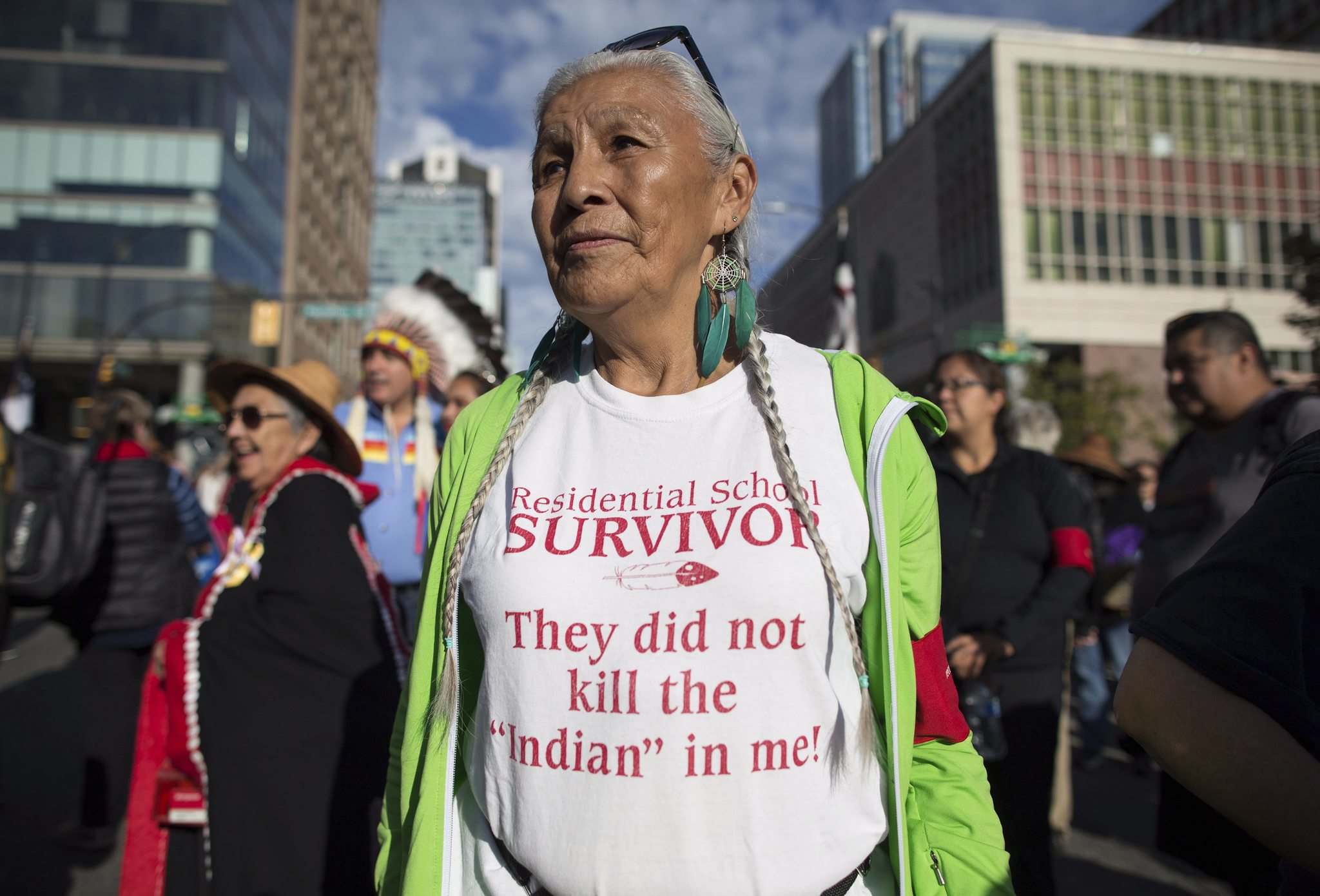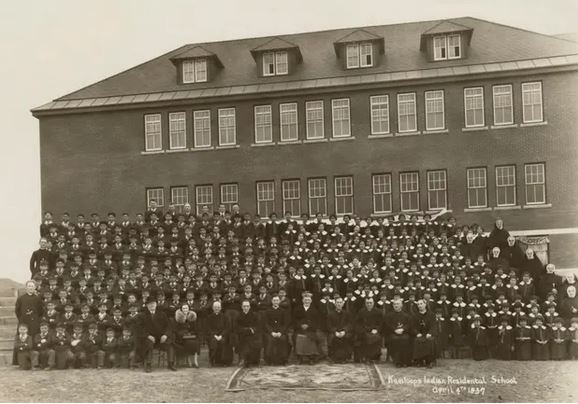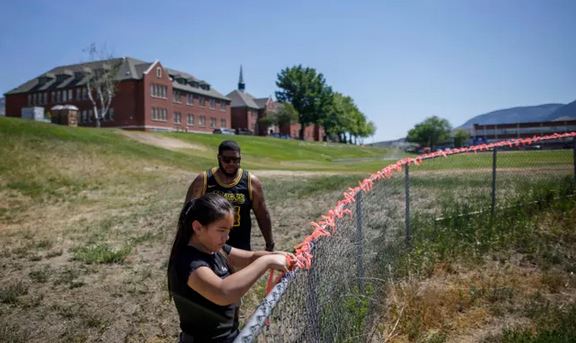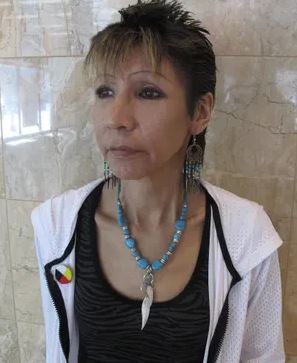· First Nations (61%)
· Métis (32%)
· Inuit (4%)
· Multiple and non-Canadian North American aboriginals (3%)
Scholars vary on the estimated size of the indigenous population in what is now Canada prior to colonization and on the effects of European contact. During the late 15th century is estimated to have been between 200,000[10] and two million, with a figure of 500,000 currently accepted by Canada's Royal Commission on Aboriginal Health. Although not without conflict, European Canadians' early interactions with First Nations and Inuit populations were relatively peaceful. However repeated outbreaks of European infectious diseases such as influenza, measles and smallpox (to which they had no natural immunity), combined with other effects of European contact, resulted in a twenty-five percent to eighty percent indigenous population decrease post-contact. Roland G Robertson suggests that during the late 1630s, smallpox killed over half of the Wyandot (Huron), who controlled most of the early North American fur trade in the area of New France. In 1871 there was an enumeration of the indigenous population within the limits of Canada at the time, showing a total of only 102,358 individuals. According to the 2011 Canadian Census, indigenous peoples (First Nations – 851,560, Inuit – 59,445 and Métis – 451,795) numbered at 1,400,685, or 4.3% of the country's total population.


